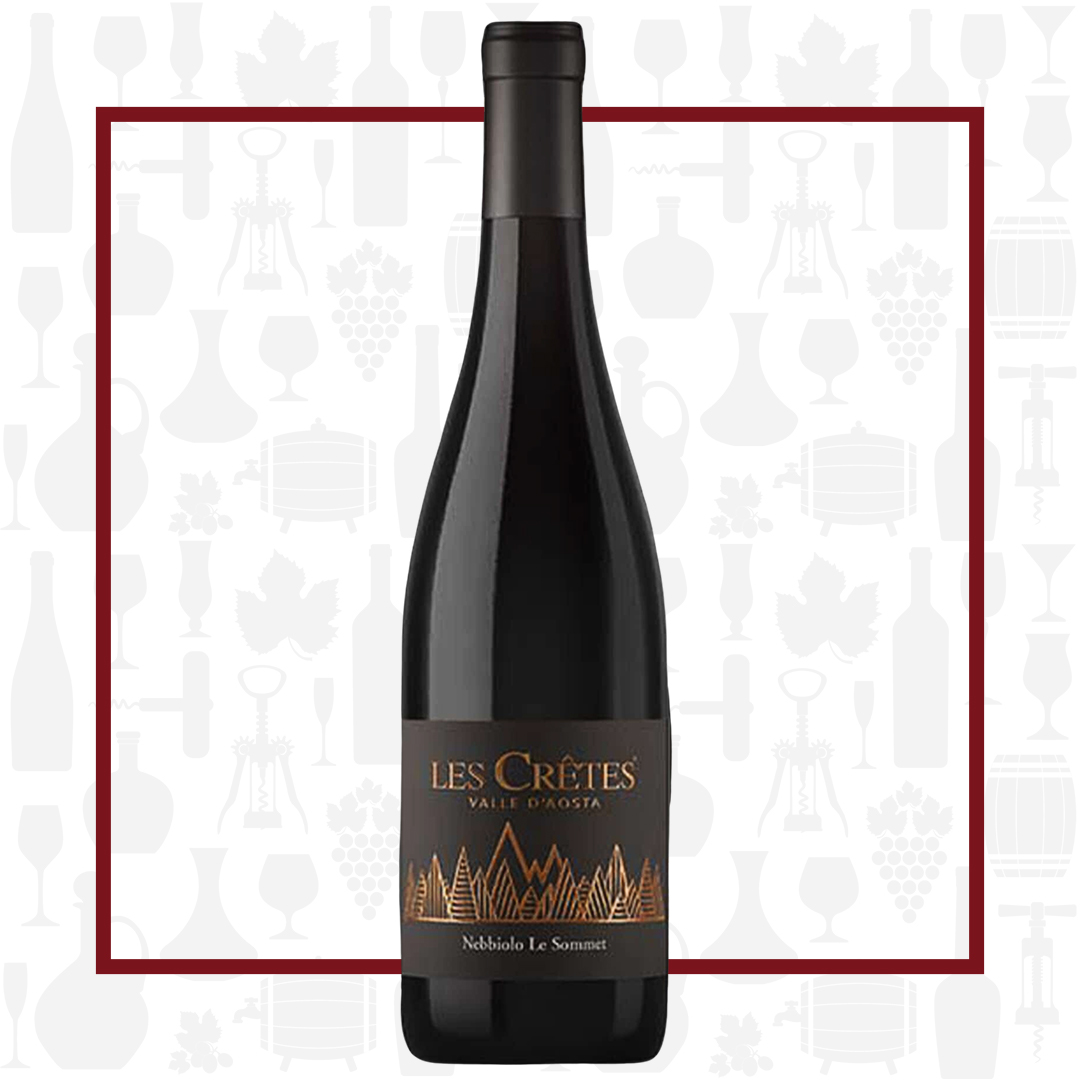Cellar Profile
In the mid 1700s, Bernardin Charrère moved from the Haute Savoie in Southeast France to the Aosta Valley and established Les Crêtes, a mill and farm in Aymavilles. This was in the middle of the 21 square mile Aosta Valley, in the heart of the wine region. In 1810, the family planted 2 hectares of vinifera grapes and the winery was born. The family still continues to craft wines from those vineyards to this day. Consistently recognized as the finest producer in the region, this is a boutique estate by international standards, but the largest privately-owned winery in Val d’Aosta. Working with the Italian government and other tiny vignerons in the region, Les Crêtes has been a pioneer in searching out rare, indigenous vinifera varieties — grapes like Petit Rouge, Mayolet, Prie Blanc, Premetta and Fumin, which exist nowhere else in the world — and helping protect them from extinction. This is one of the most challenging regions on earth to work for wine, with noncontiguous vineyards frequently planted on ledges on the side of steep Alpine mountains where they can find a little sandy soil. Hot summer days and extremely cool nights, coupled with a dry growing season allow for some of the longest hang times on earth. Their wines are powerful yet elegant, with trademark salty minerality – a true representation of this unique Alpine terroir.
Region
Surrounded by the Alps, the Valle d’Aosta is home to the highest elevated vineyards in all of Europe. The region is divided into three main vineyard areas: the upper valley,Valdigne; the central valley; and the lower valley. Most vineyards in the Aosta Valley occupy the steep, south-facing slopes above the Dora Baltea river, a tributary of the Po. The dramatic topography and diminutive size of the valley mean that the area available for viticulture is limited. Much of the valley floor, with its mineral-rich, well-watered soils, is simply too fertile for quality viticulture. As a result, many of the best vineyards here are on the lower slopes, and climb steadily up the slopes to top altitudes of around 1300m above sea level.
Vineyard
This gorgeous Nebbiolo was sourced from Les Crêtes’ Arnold e Issogne vineyards, some of their lowest elevation vines, sitting at 350m. Glacial, alluvial sediment is the predominant soil-type here, rich with minerals. The steep vineyards receive very little rainfall during the long growing season, so the vines dig deep to find the glacier fed water table below.
Winemaking
Hand-sorted and destemmed, the wine ferments slowly on the skins for 20 days in barrels followed by a year in new French Oak barriques and an additional year in bottle.
Varieties
Nebbiolo is the grape variety behind the top-quality red wines of Northwestern Italy. Nebbiolo wines are distinguished by their strong tannins, high acidity and distinctive scent, often described as ‘tar and roses’. Sensitivity to terroir is one of Nebbiolo’s trump cards, but also its downfall. It is famously picky about where it grows, requiring good drainage and a long, bright growing season. Nebbiolo in the Aosta Valley, just North of Piedmont, dates back over a millennia, with the prime sites being a little lower down the valley near the small town of Donnas. These are lighter, brighter and less tannic expressions than you would find in the warmer southern part of Piedmont, where Barrel and Barbera craft their iconic versions.
Tasting Notes
Bright ruby color with aromas of blackberry, cherry and balsamic. Juicy, precise and savory pulp persists, expressing the elegance of the mountain.

